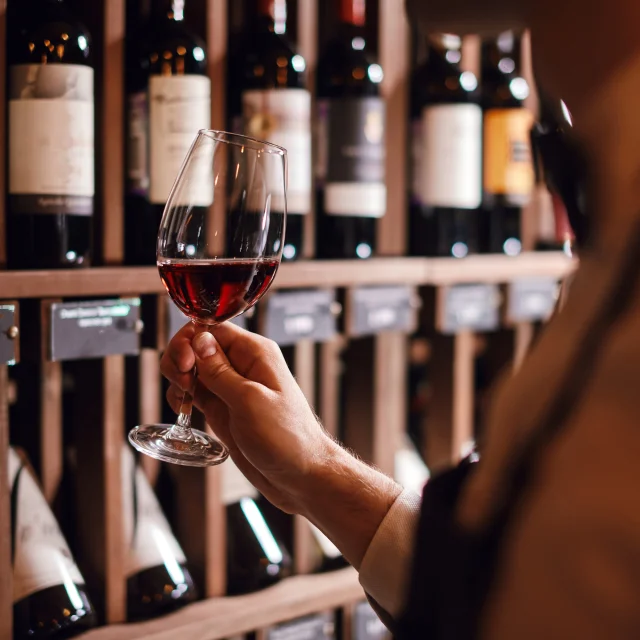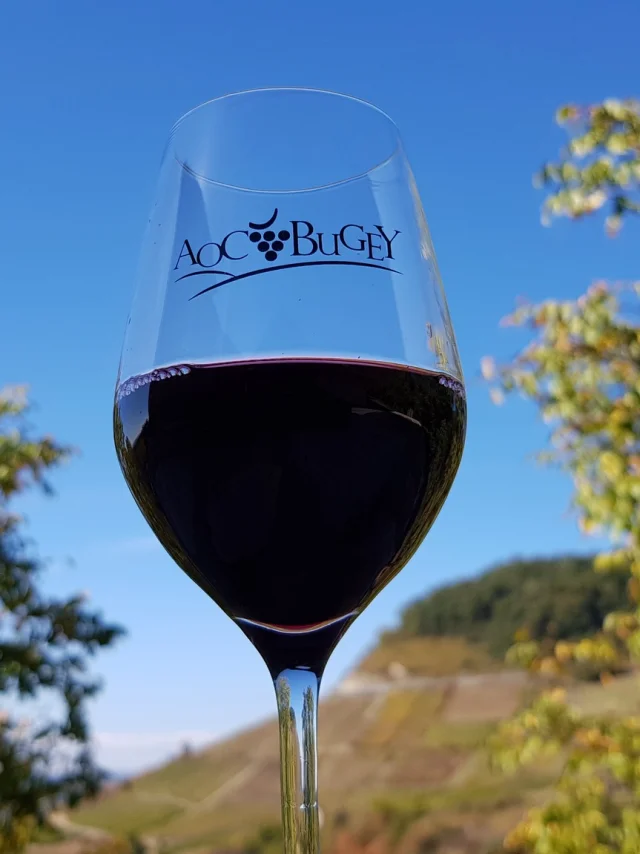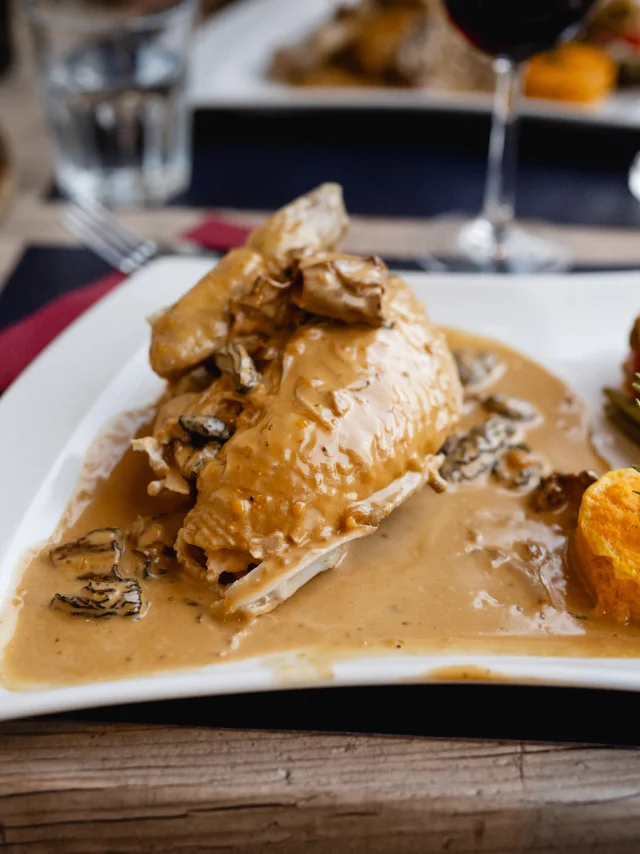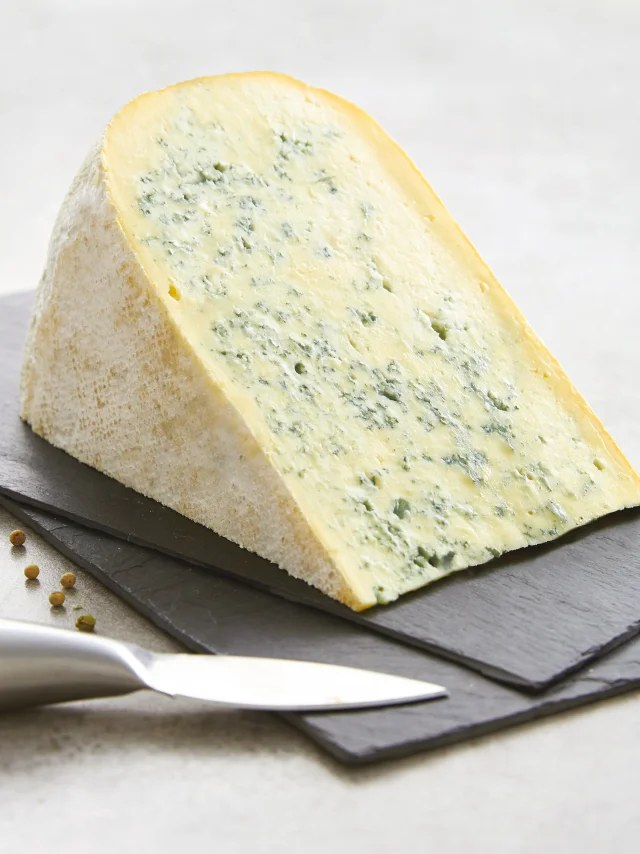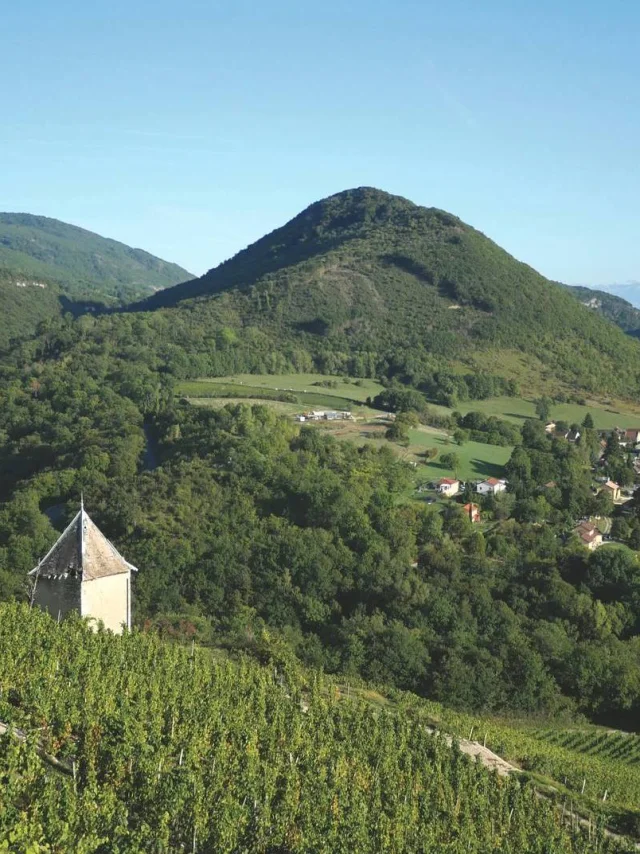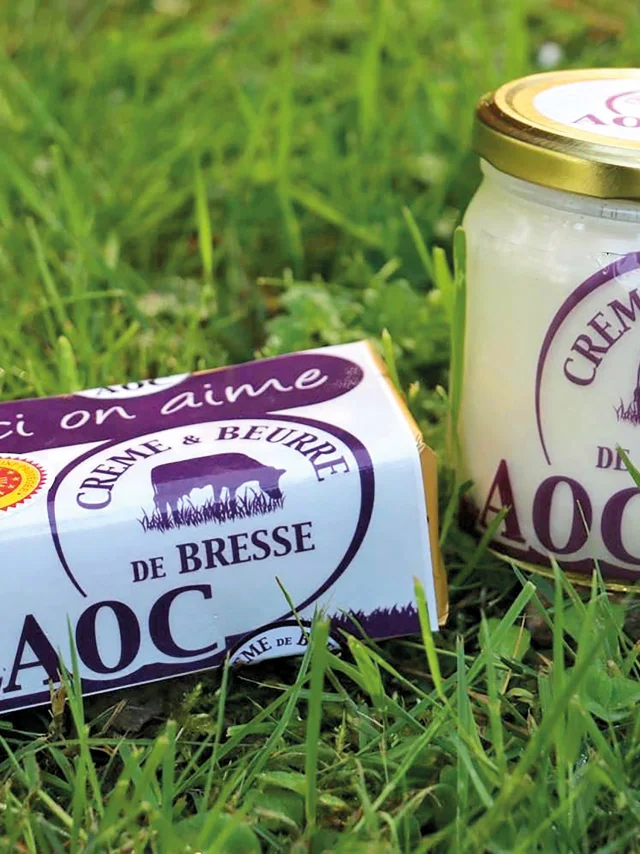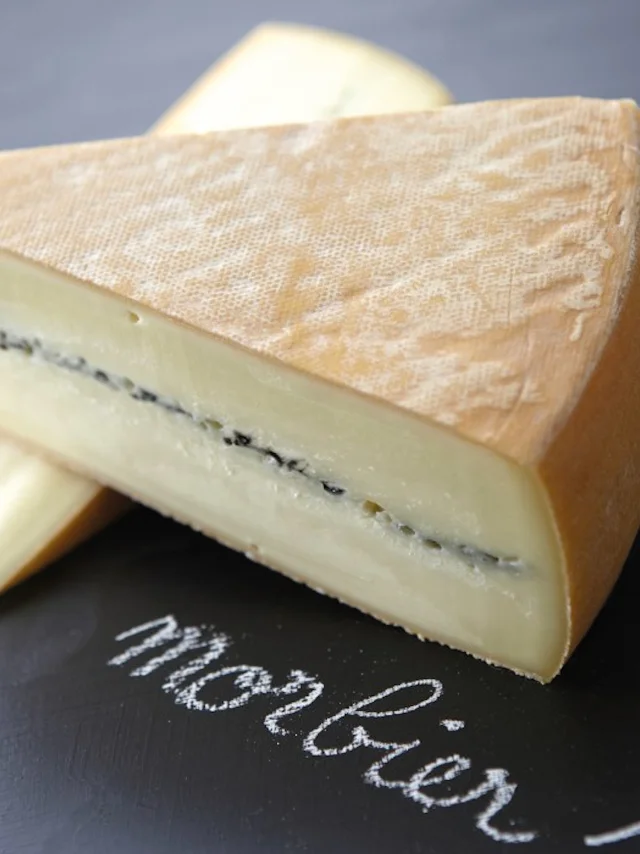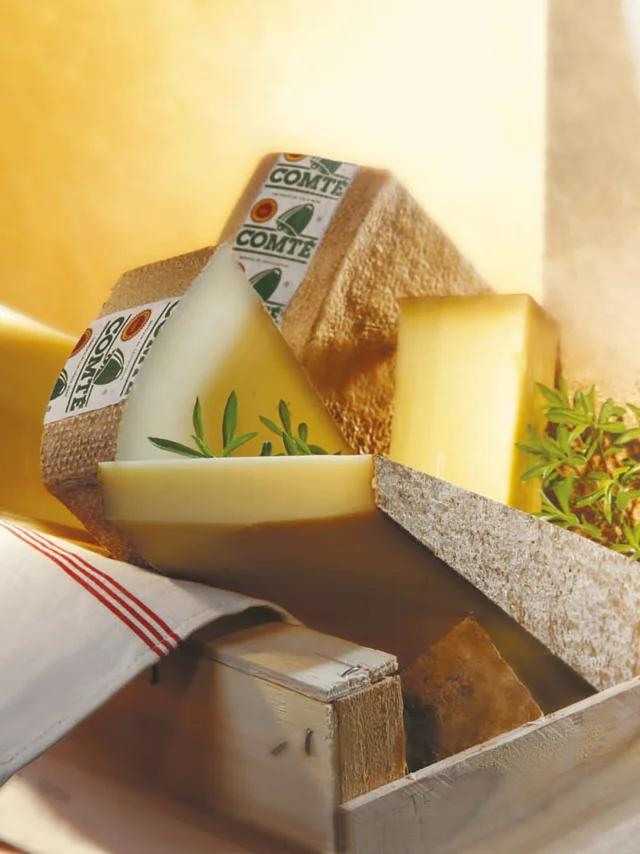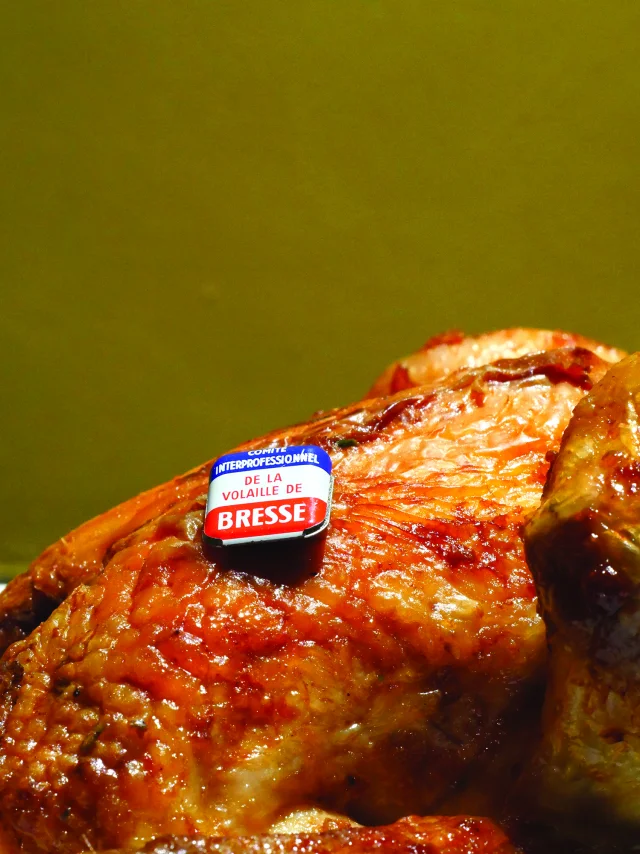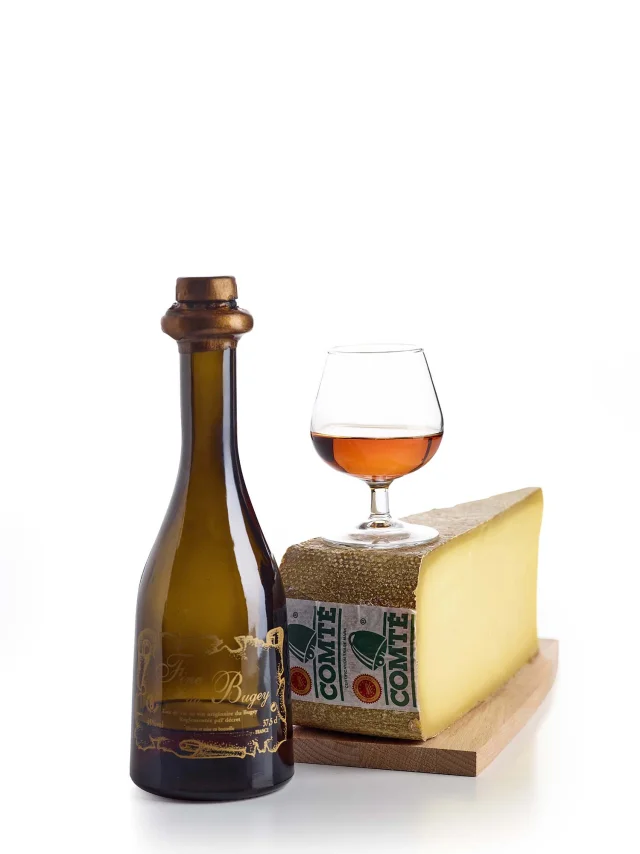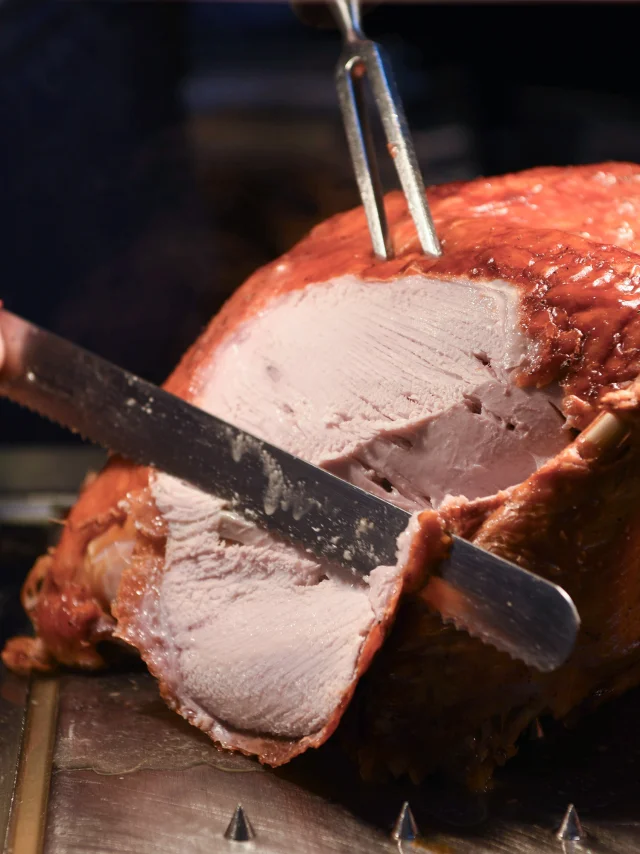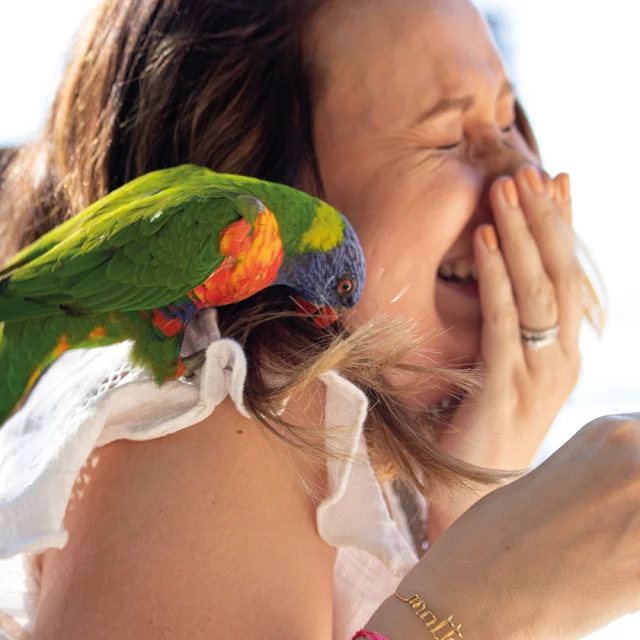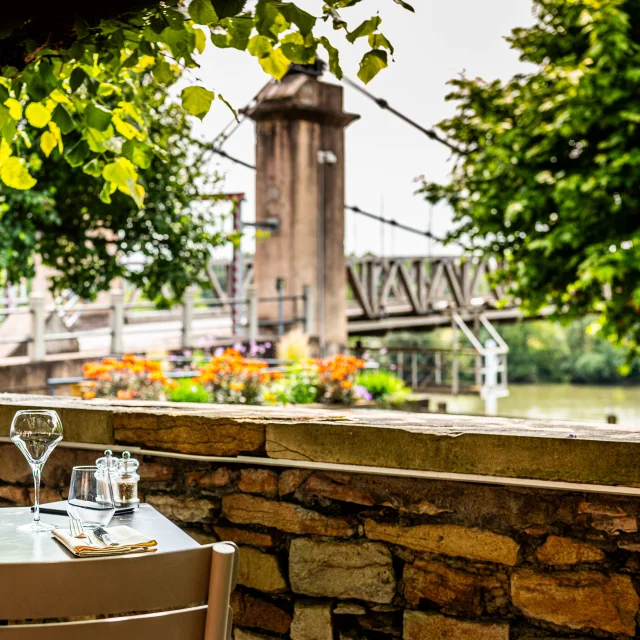A wine for every terroir
Controlled from vine to bottle, Coteaux de l’Ain wines offer a diversity linked to the land in which they are grown and the grape varieties used, which express themselves in the aromatic palette particular to each wine.
Whether it comes from the gentle slopes on the shores of Lake Geneva, the Pays de Gex or the Val de Saône, each wine bears the imprint of its terroir and the grape variety chosen (chasselas, chardonnay, gamay, pinot…) to best suit its environment.
Revermont, Valromey, Val de Saône, Pays de Gex and the vineyards of the Coteaux de l’Ain are winegrowing islands with singular characteristics.
Production is focused on red and white wines, but there are also cheerful rosés and sparkling wines with fine bubbles.
 Bugey winegrowers
Bugey winegrowers

